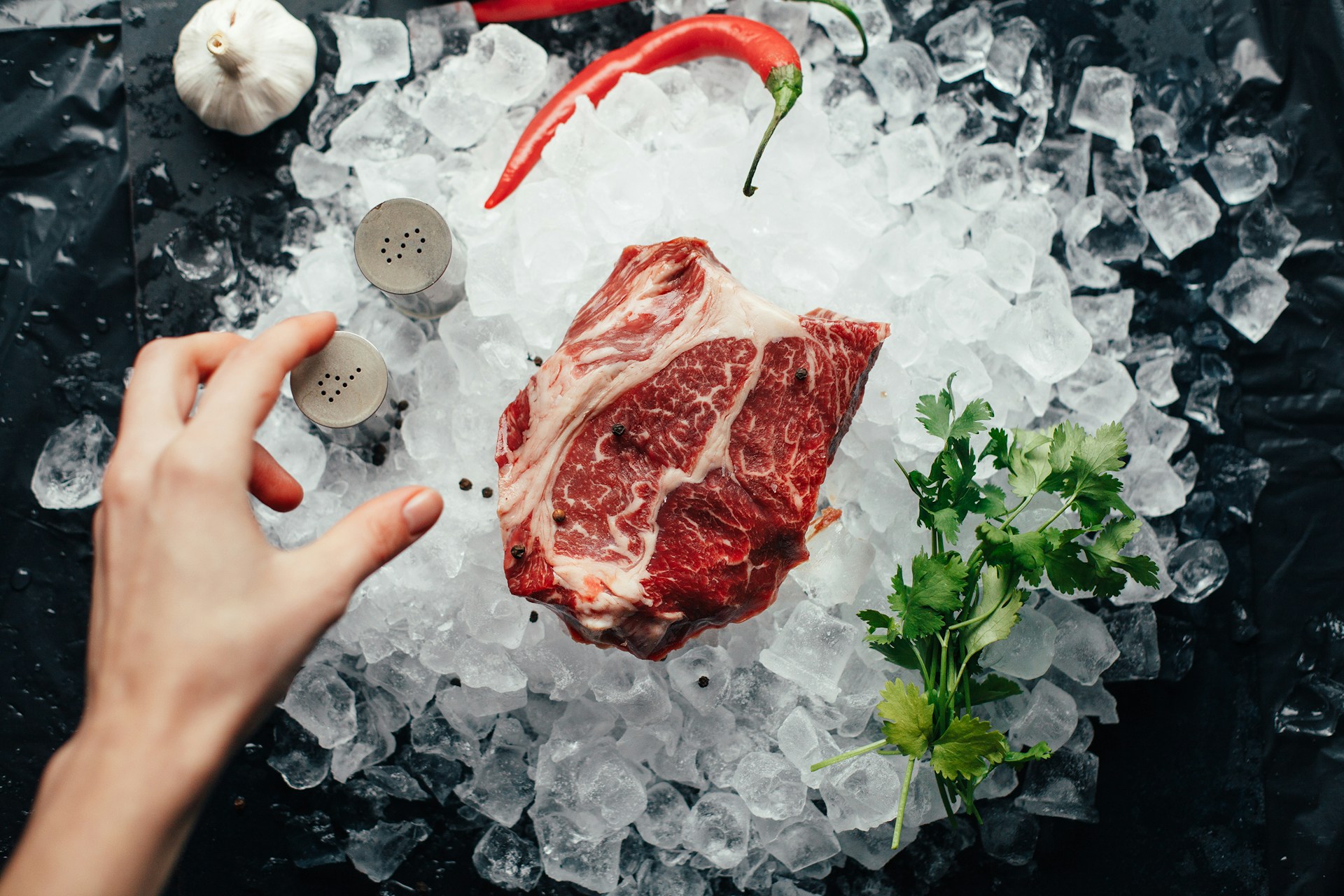
Frozen foods are supposed to make life easier. You grab a box, follow the directions, and expect a hot meal. But sometimes, things don’t go as planned. You pull your food out of the oven or microwave, and the center is still cold. It’s frustrating, especially when you’re hungry and short on time. This isn’t just about taste—it can be a food safety issue, too. Some frozen foods just never seem to cook through, no matter how closely you follow the instructions. Here’s why it happens and what you can do about it.
1. Frozen Chicken Pot Pie
Chicken pot pies are a classic comfort food, but they’re notorious for cold centers. The thick filling and dense crust make it hard for heat to reach the middle. Even if the crust looks golden, the inside can be icy. This is a common complaint with both oven and microwave cooking. To help, try letting the pie sit for a few minutes after cooking. This allows the heat to spread. You can also cut a small slit in the top before cooking to let steam escape and heat move in. But even with these tricks, some pot pies just don’t cooperate.
2. Stuffed Chicken Breasts
Stuffed chicken breasts look fancy and taste great—if they’re cooked all the way through. The problem is the filling. Cheese, vegetables, or ham inside the chicken can insulate the center. The outside cooks fast, but the inside stays cold. This is risky because undercooked chicken can cause illness. Always check the temperature with a food thermometer. The USDA recommends 165°F for poultry. If you don’t have a thermometer, cut into the thickest part and check for pinkness.
3. Frozen Lasagna
Lasagna is a go-to for busy nights, but it’s one of the worst offenders for uneven cooking. The layers of noodles, sauce, cheese, and sometimes meat create a thick block that’s hard to heat evenly. The edges bubble, but the center stays cold. Even extra time in the oven doesn’t always fix it. For better results, let the lasagna thaw in the fridge before cooking. If you’re in a hurry, microwave it in short bursts, stirring or rotating between each one. Still, some frozen lasagnas just refuse to heat through.
4. Breaded Fish Fillets
Breaded fish fillets are quick and easy, but they often come out with a hot crust and a cold center. The breading cooks fast, but the fish inside takes longer. This is especially true for thick fillets. If you use a microwave, the problem gets worse. For best results, use a conventional oven and flip the fillets halfway through. If you’re still getting cold spots, try lowering the oven temperature and cooking a bit longer. This helps the heat reach the center without burning the outside.
5. Frozen Burritos
Frozen burritos are a lunch staple, but they’re famous for cold centers. The tortilla insulates the filling, making it hard for heat to get in. Beans, rice, and meat all heat at different rates. Microwaving often leaves the ends hot and the middle cold. To fix this, wrap the burrito in a damp paper towel before microwaving. This helps steam the inside. You can also cut the burrito in half before cooking. But even with these tricks, some burritos just won’t heat evenly.
6. Egg Rolls
Egg rolls are another food that never seems to cook through. The thick wrapper and dense filling make it tough for heat to reach the center. The outside gets crispy, but the inside stays cold. This is especially true if you cook them straight from the freezer. For better results, let them thaw a bit before cooking. Use an oven or air fryer instead of a microwave. Still, some egg rolls just don’t cooperate, no matter what you do.
7. Frozen Meatballs
Frozen meatballs are supposed to be easy, but they often come out uneven. The outside gets hot, but the inside stays cold. This is a problem in both the oven and the microwave. If you’re adding them to sauce, let them simmer longer to heat through. If you’re cooking them alone, try covering them with foil to trap heat. Always check the center before serving. Undercooked meat can be unsafe.
8. Mac and Cheese Bowls
Frozen mac and cheese bowls are quick comfort food, but they often have a cold center. The pasta and cheese sauce heat at different rates. The edges bubble, but the center stays cool. Stirring halfway through can help, but it’s not a guarantee. If you have time, let the bowl sit for a few minutes after cooking. This enables the heat to spread out. But sometimes, you just end up with a cold bite.
9. Frozen Pizza
Frozen pizza is a classic, but it’s not immune to uneven cooking. Thick crusts and lots of toppings make it hard for heat to reach the center. The edges get crispy, but the middle can be doughy or cold. For better results, use a preheated oven and place the pizza directly on the rack. If you’re still getting cold spots, try lowering the oven temperature and cooking longer. Cutting the pizza into smaller pieces before baking can also help.
Why Some Frozen Foods Just Won’t Cooperate
Some frozen foods never fully cook through, even when you follow the directions. It’s not always your fault. The way these foods are made—thick fillings, dense layers, or insulating coatings—makes it hard for heat to reach the center. Microwaves and ovens heat food differently, and not all frozen foods are designed for both. Always check the center before eating, especially with meat or poultry. Using a food thermometer is the safest way to make sure your meal is ready. If you keep running into this problem, try thawing your food in the fridge before cooking. It takes longer, but it can help.
Have you ever had a frozen meal that just wouldn’t cook through? Share your story in the comments.
Read More
10 Insanely Good Dollar General Coupon Deals You Can’t Afford to Miss
5 Secrets to Using Your Kitchen More and Eating Out Less
The post 9 Frozen Foods That Never Fully Cook Through—Even When Directions Are Followed appeared first on Grocery Coupon Guide.







